When making pizza dough and toppings, your imagination set the borders, but also your good sense. There are plenty of possibilities, but remember, you need to know the ingredients you will work with and how they react to heat. You can find many different variations of a pizza crust but always remember two main premises: less is more, and the traditional is traditional because it works.
Neapolitan pizza or traditional
In Naples, the lower classes bring back this traditional dish from the Roman Empire: the pinsa. This type of dough became popular in the XVIII century, and its main characteristic is the thick dough.
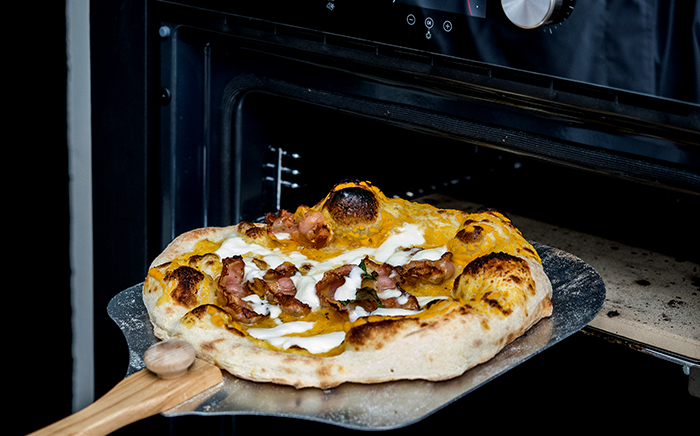
Time is the key for traditional doughs. The best thing to do is prepare the dough the night before. A good recipe is to dissolve 2 g of yeast in 185 g of lukewarm water. Add 150 g of flour to the mixture. Knead and add 150 g more of flour, little by little. When it is almost ready, add a dash of oil and salt.
Knead again for 15 minutes and seal the dough by shaping a ball you will put in the refrigerator for a whole night. The following day, take the ball out of the fridge around midday and leave it at room temperature until the afternoon. Then, begin to work the dough to shape the pizza.
If you want a traditional Neapolitan dough, you will need a thick crust cooked slowly in an oven under a bit less than 300 °C of temperature (485 °C if we talk about a wood-fire oven but let’s keep that apart for now).
Roman dough or thin dough
Again, as it happens with the Neapolitan pizza, the Roman pizza takes its name from the area where it became popular. These days, if you travel to Rome, most of the pizzas you can eat there have this type of crust.
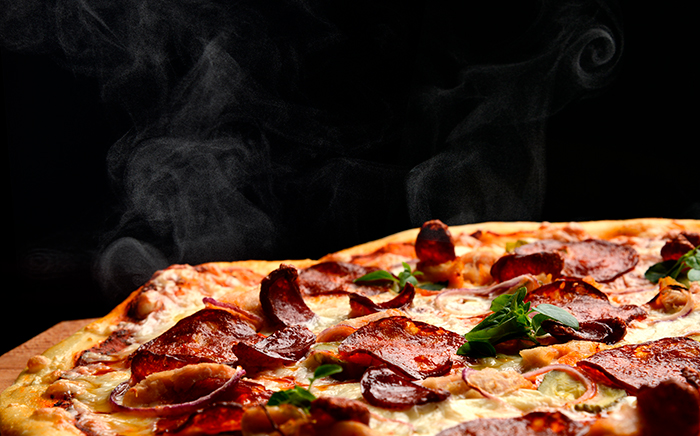
The making of the dough is similar, but as you have already seen, the difference is the thickness. The key here is to cook a thin and crunchy crust, but that does not mean it has to be dry or hard. In other words, cooking a Roman dough is not about using more flour.
Proportions will be the same as Neapolitan. But when you shape it, you will extend the dough more to make it thin. The Roman dough will need less time, but the temperature will be close to 300 °C too.
American dough or Chicago style
The recipe of the dough is quite similar to the traditional pizza crust. But the shape is closer to a pie or a quiche than to a pizza. To cook it, take an ordinary dough and place it in a deep pan or similar, with a bit of oil.
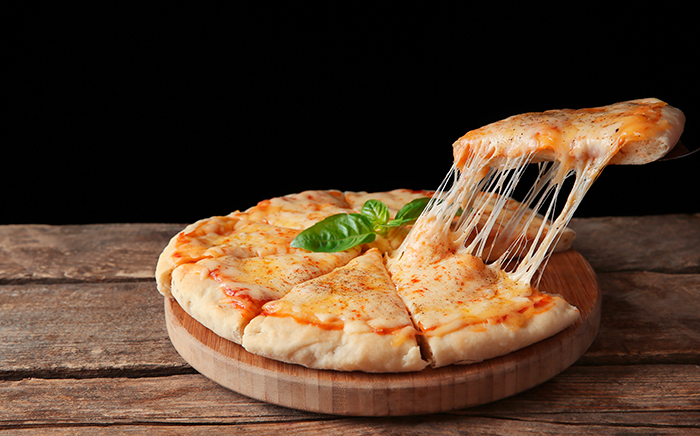
Then, fill the bottom with tomato sauce and cheese, place the rest of the ingredients on the top. Cook everything in the oven at less than 200 °C. The result is a different pizza worth trying.
Calzone pizza
This dish has a pizza dough sealed, looking like a stuffed pizza. The ingredients inside taste luscious, but you must be careful with the heat.
To make this dough, get 150 ml of water and 3 g of yeast and mix them. In another bowl, put together 115 g of strong flour and 115 g of a less high-in-protein type of flour.
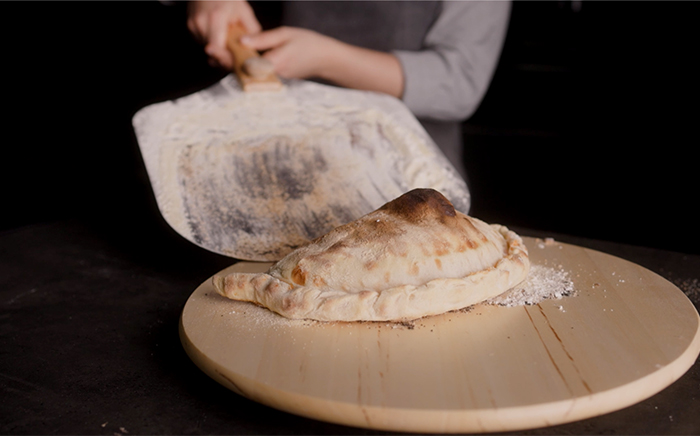
Add water little by little in the flour bowl and knead for around 10 minutes. Put a cloth over it and let it rest for 15 minutes. Then, add some flour around the dough and let it rest again for three hours.
After this time, stretch the dough and place the ingredients in half of the pizza. When ready, fold the dough over itself and shape the edges before placing it inside the oven for 10 minutes.
Focaccia
It is a dough between pizza and bread. It is spongy, and it works with any ingredient. The main difference here with the rest of the doughs is the quantity of yeast.
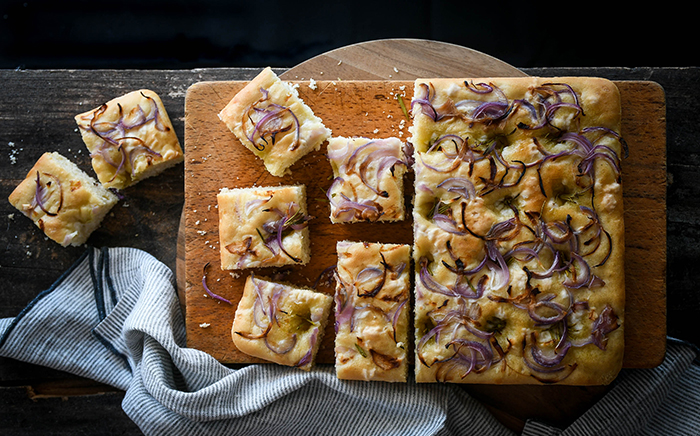
To make focaccia, use 180 g of water and 300 g of flour, the same as we used before with the other crusts, but you will need 4 g of yeast here. Knead until you have a smooth dough and set aside to rise for one hour.
Preheat the oven to 220 °C and add the rest of the ingredients meanwhile. Cook for around 20 minutes, or faster if you have a MaestroPizza oven, and it will be ready for a good evening of TV and movies.
Cauliflower pizza crust
You can make pizza dough out of courgette, polenta, chickpeas, banana, and almost everything. For instance, to cook cauliflower dough, you need to steam the cauliflower for around 20 minutes.
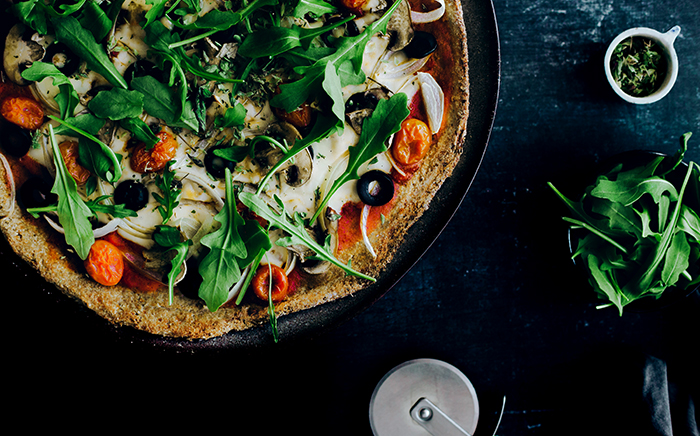
Meanwhile, mix 6 tablespoons of water with a tablespoon of chia. This mix will create a sort of gel that will help to form the dough. When the gel is ready, mash the cauliflower and dry as much as you can.
Put the cauliflower with the chia gel and 250 g of buckwheat flour, place all in a blender and add more flour until you have a smooth dough. Shape a ball and let it rest for 30 minutes.
When the dough is ready, add the topping and cook at 180 °C or until the crust is almost golden brown, so you will know is done.

